Zambia’s first critical minerals guide supports the country’s potential in global clean energy transition
A new guide to Zambia’s critical minerals highlights the country’s current and potential critical mineral resources, including cobalt and lithium.
18/07/2025 By BGS Press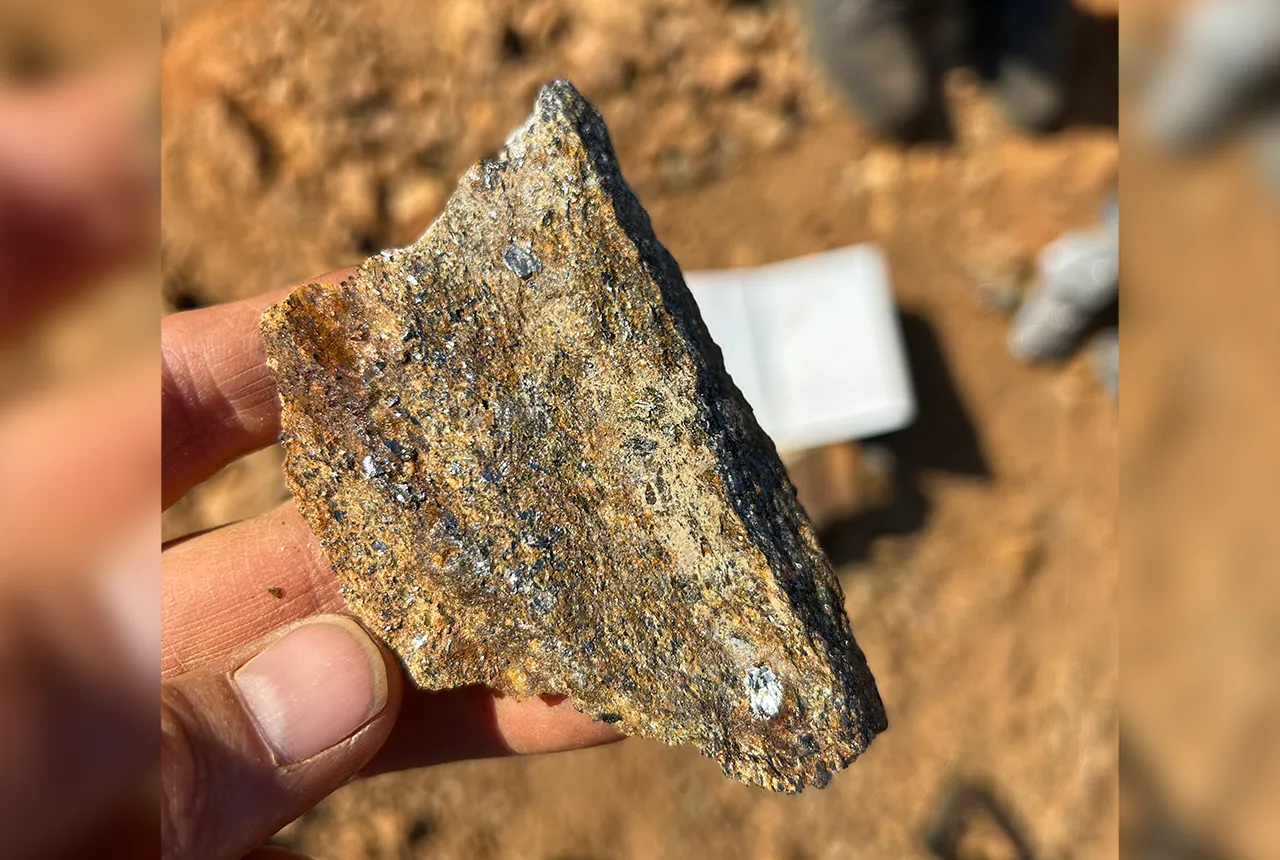
A new guide to Zambia’s critical minerals highlighting the country’s current and potential critical mineral resources, including cobalt and lithium, was launched this week in Lusaka. ‘Critical minerals potential of Zambia’, now available to read online, came about through a collaborative effort between the Zambian Ministry of Mines and Minerals Development and the British Geological Survey (BGS). Funded by the Foreign & Commonwealth Development Office and BGS’s International Geoscience Research and Development programme, the guide provides a strong example of how the UK/Zambia partnership is underpinned by an institutional exchange of expertise that supports both nations’ priorities.
Critical minerals are essential to the global energy transition. Diversifying their associated supply chains is central to improving their resilience to global economic fluctuations. Over the past few years, Zambia has boosted its critical mineral economy through increased production of manganese and nickel. In 2024, the Zambian government announced a national strategy to more than triple its copper production to 3 million metric tonnes annually by 2031. The country is also set to open Africa’s first cobalt sulfate refinery by the end of 2025, a major milestone in diversifying the global supply chain and a move that could be a crucial moment in both Zambia and Africa’s mineral valorisation efforts. The facility will be one of the few outside China capable of producing cobalt sulfate, which is a key component in the lithium-ion batteries that power smartphones, computers and electric vehicles.
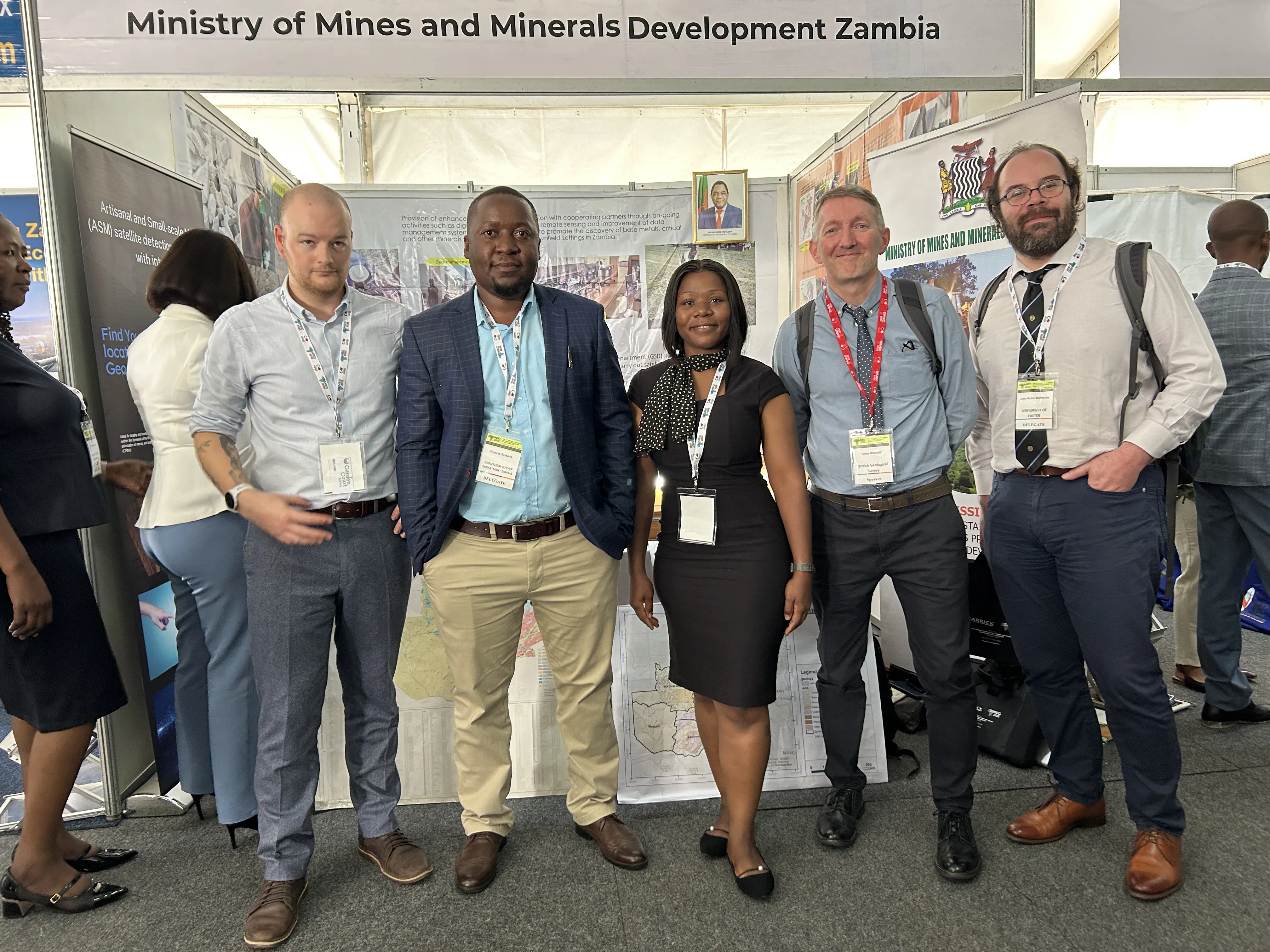
The UK/Zambia critical minerals team at the Zambia International Mining and Energy Conference (ZIMEC) in Kitwe, Copperbelt Province, Zambia (March 2025). Left to right: Dr David Currie; Francis Sinkana; Mary Ntombizodwa Daka; Clive Mitchell, and Juan Pablo Mardones. BGS © UKRI
Zambia has a 100-year history of providing the copper that has helped to electrify the world. The ‘Critical minerals potential of Zambia’ guide, co-produced by the Zambian Geological Survey Department and BGS, will help to kick start the next chapter in the economic development of the Zambian economy. The lithium, graphite, cobalt and other critical mineral resources of Zambia are sorely needed to decarbonise global power generation and storage.
As a geologist, I have worked on Zambian mineral resources for over 35 years and am proud to continue playing a small part in supporting Zambia to develop as an emerging economy that will bring prosperity and improved life chances for all Zambians.
Clive Mitchell, BGS Project Leader, critical minerals resources — Zambia.
As the world transitions to a low-carbon future, Zambia stands ready to play a vital role by responsibly developing our critical mineral resources. Containing up-to-date insights into the geology, production and exploration of eleven minerals deemed essential to Zambia’s future prosperity and the world’s clean energy ambitions, this publication provides valuable information for investors, policymakers and researchers alike.
Gerald Mwila, director of the Geological Survey Department, Zambia.
The ‘Critical mineral potential of Zambia’ guide will support Zambia’s transition to one of Africa’s most significant critical mineral producers. It presents for the first time the geological occurrences, exploration efforts and mineral production statistics for critical minerals in Zambia, both current and into the future.
The guide focuses on eleven minerals identified as ‘critical’ by the Zambian Ministry of Mines and Minerals Development’s critical minerals strategy:
- cobalt
- columbite-tantalite
- copper
- graphite
- lithium
- manganese
- nickel
- rare earth elements
- sugilite
- tin
- uranium
Driven by the electric vehicle and portable battery sectors, global demand for graphite and lithium may increase by as much as 130 and 350 times by 2040, respectively. Zambia possesses some of the world’s highest-grade deposits for copper and is the seventh largest copper-producing country in the world. The country also produces nickel, the global demand for which is set to increase by almost 70 per cent between 2024 and 2040. Cobalt is considered a critical mineral by the UK and USA, and as a ‘strategic’ mineral by the EU.
The guide was launched on 16 July by Calvin Bailey MBE MP, the UK’s trade envoy for southern Africa, alongside British High Commissioner to Zambia Rebecca Terzeon at the Invest-Zambia International Conference 2025.
I was delighted to announce the British Geological Survey’s new guide to critical minerals in Zambia. This will support Zambia’s National Critical Minerals Strategy and will help attract responsible investment in the minerals sector, supporting economic growth and the global green energy transition.
Calvin Bailey MBE MP, UK trade envoy for southern Africa.
The work of the British Geological Survey together with Zambia is an excellent example of the collaboration under the UK/Zambia partnership, which brings economic and environmental benefits to both countries. This is one of many examples of our two countries working together to achieve our shared priorities for economic growth and green energy transition.
Rebecca Terzeon, British High Commissioner to Zambia.
The guide highlights the geology, exploration, occurrences and mineral production of the eleven critical minerals. Knowledge of critical minerals is not just important for geologists and mineral exploration companies; it also educates decision makers and regulators in government and the wider public when they encounter mineral developments in their communities.
Since joining BGS in 2022, my time spent working alongside the Zambian Geological Survey Department has been a highlight. We have collaborated in Eastern Province, focusing on graphite reconnaissance fieldwork, and in Lusaka, working on the critical minerals guide. Zambia is home to such friendly, welcoming and environmentally conscious people and we hope this guide attracts interest from Zambian and international investors alike.
Dr David Currie, BGS Minerals Scientist.
This guide is part of a mineral ecosystem that aims to diversify the Zambian mineral production portfolio and bolster the resilience of the Zambian economy. Mineral promotion, such as this guide, reveals information on mineral resources that exploration companies may not have come across and potentially leads to investment in Zambia that could ultimately result in development of mines and mineral production.
For more information, please contact BGS press (bgspress@bgs.ac.uk) or call 07790 607 010.
Relative topics
Related news

Hole-y c*@p! How bat excrement is sculpting Borneo’s hidden caves
23/12/2025
BGS researchers have delved into Borneo’s underworld to learn more about how guano deposited by bats and cave-dwelling birds is shaping the subsurface.
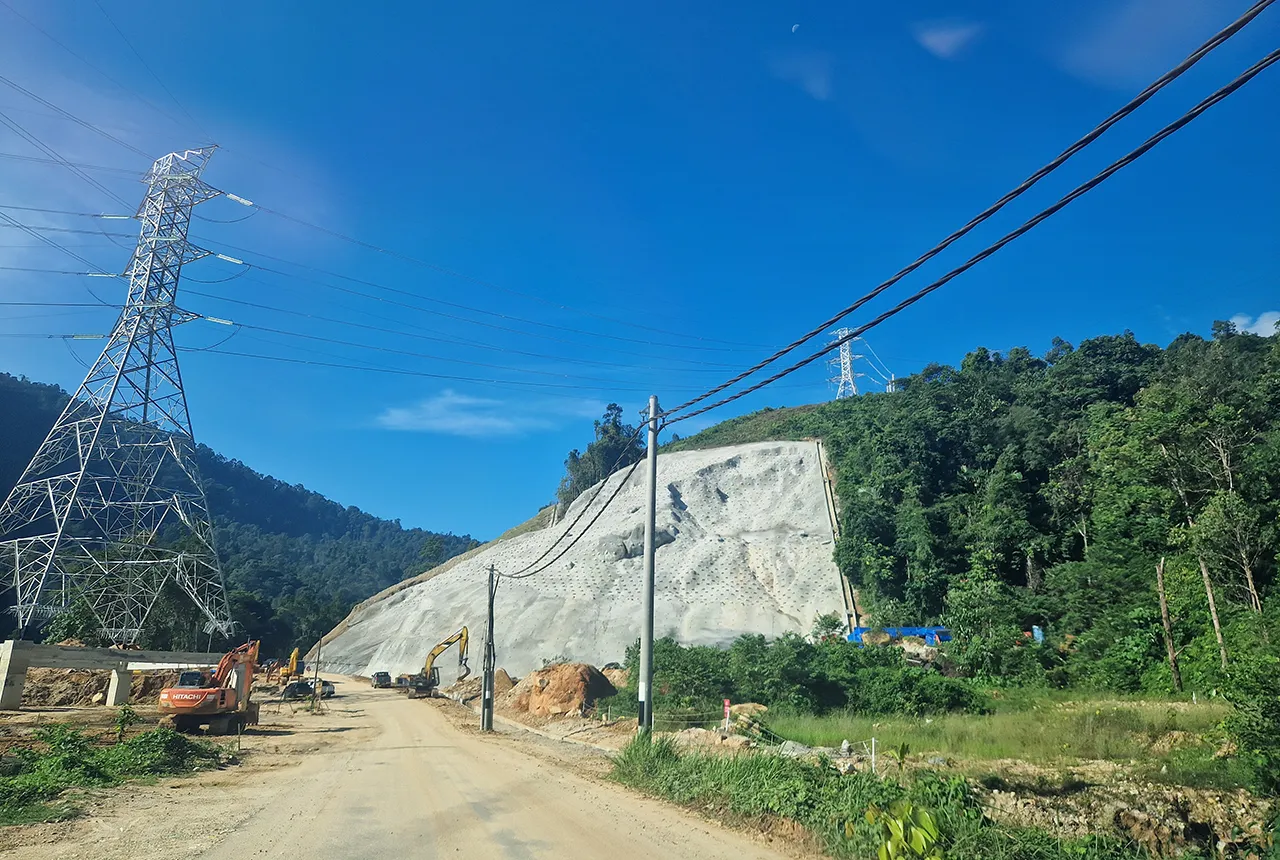
BGS awarded funding to support Malaysia’s climate resilience plan
17/12/2025
The project, funded by the Foreign, Commonwealth & Development Office, will focus on minimising economic and social impacts from rainfall-induced landslides.
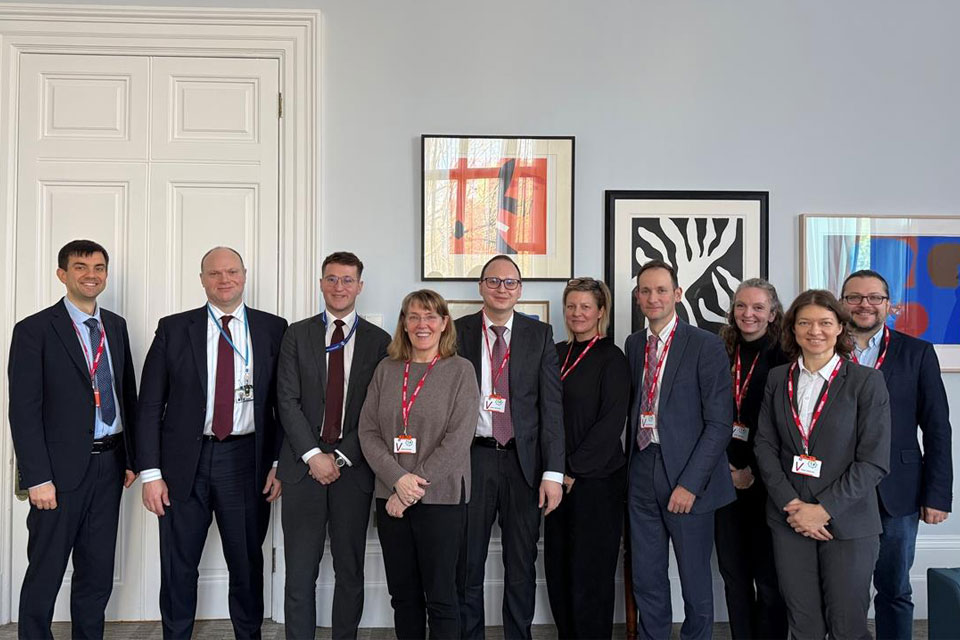
BGS agrees to establish collaboration framework with Ukrainian government
11/12/2025
The partnership will focus on joint research and data exchange opportunities with Ukrainian colleagues.

Making research matter: BGS joins leading research organisations in new national initiative
10/12/2025
A new alliance of 35 organisations has been formed that is dedicated to advancing science for the benefit of people, communities, the economy and national priorities.
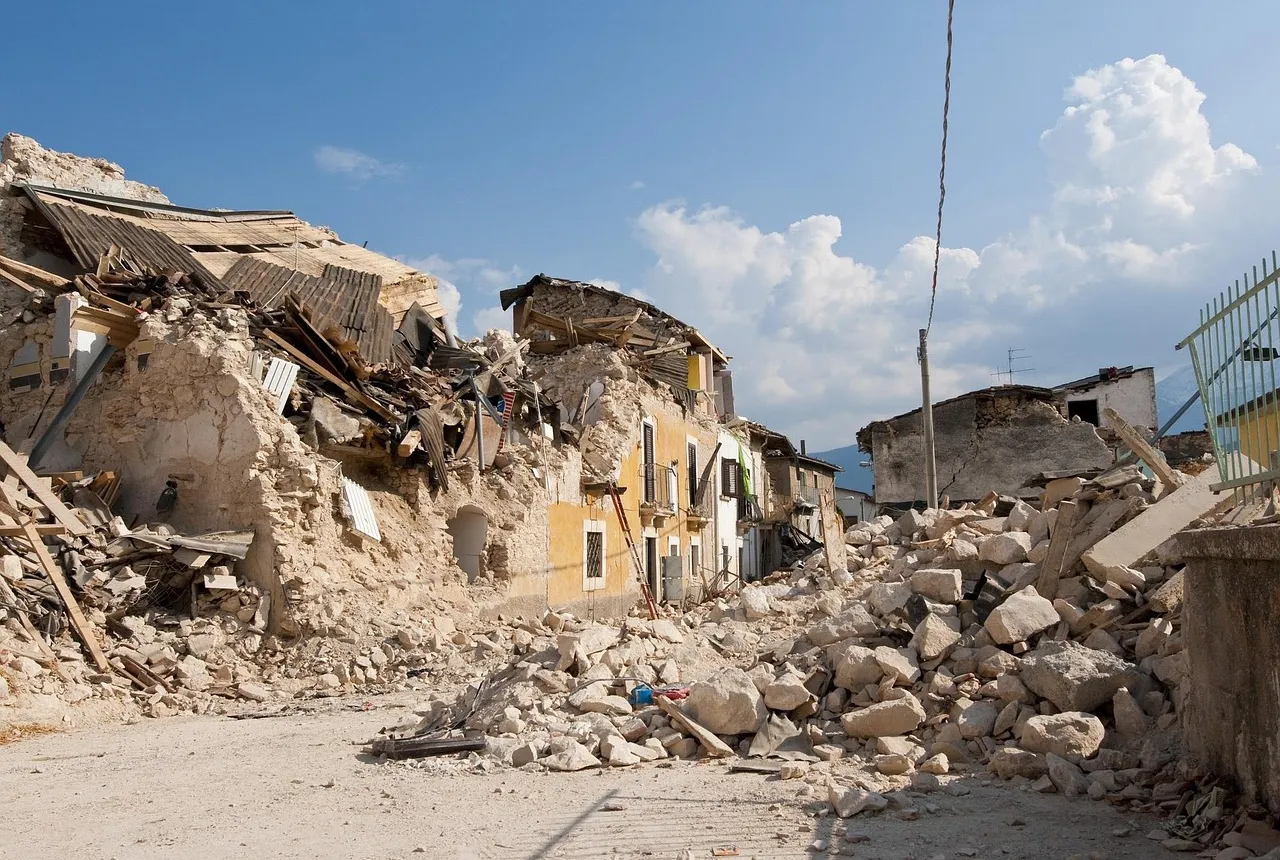
New research shows artificial intelligence earthquake tools forecast aftershock risk in seconds
25/11/2025
Researchers from BGS and the universities of Edinburgh and Padua created the forecasting tools, which were trained on real earthquakes around the world.

BGS welcomes publication of the UK Critical Minerals Strategy
23/11/2025
A clear strategic vision for the UK is crucial to secure the country’s long-term critical mineral supply chains and drive forward the Government’s economic growth agenda.
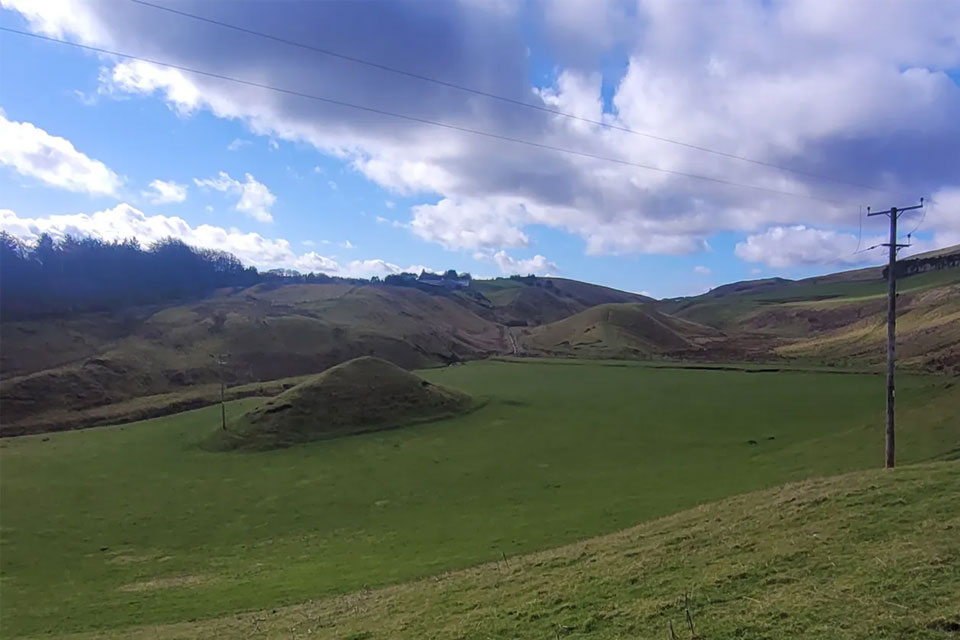
How the geology on our doorstep can help inform offshore infrastructure design
19/11/2025
BGS is part of a new collaboration using onshore field work to contextualise offshore data and update baseline geological models which can inform the sustainable use of marine resources.

New research highlights significant earthquake potential in Indonesia’s capital city
04/11/2025
Research reveals that a fault cutting through the subsurface of Jakarta could generate a damaging earthquake of high magnitude.
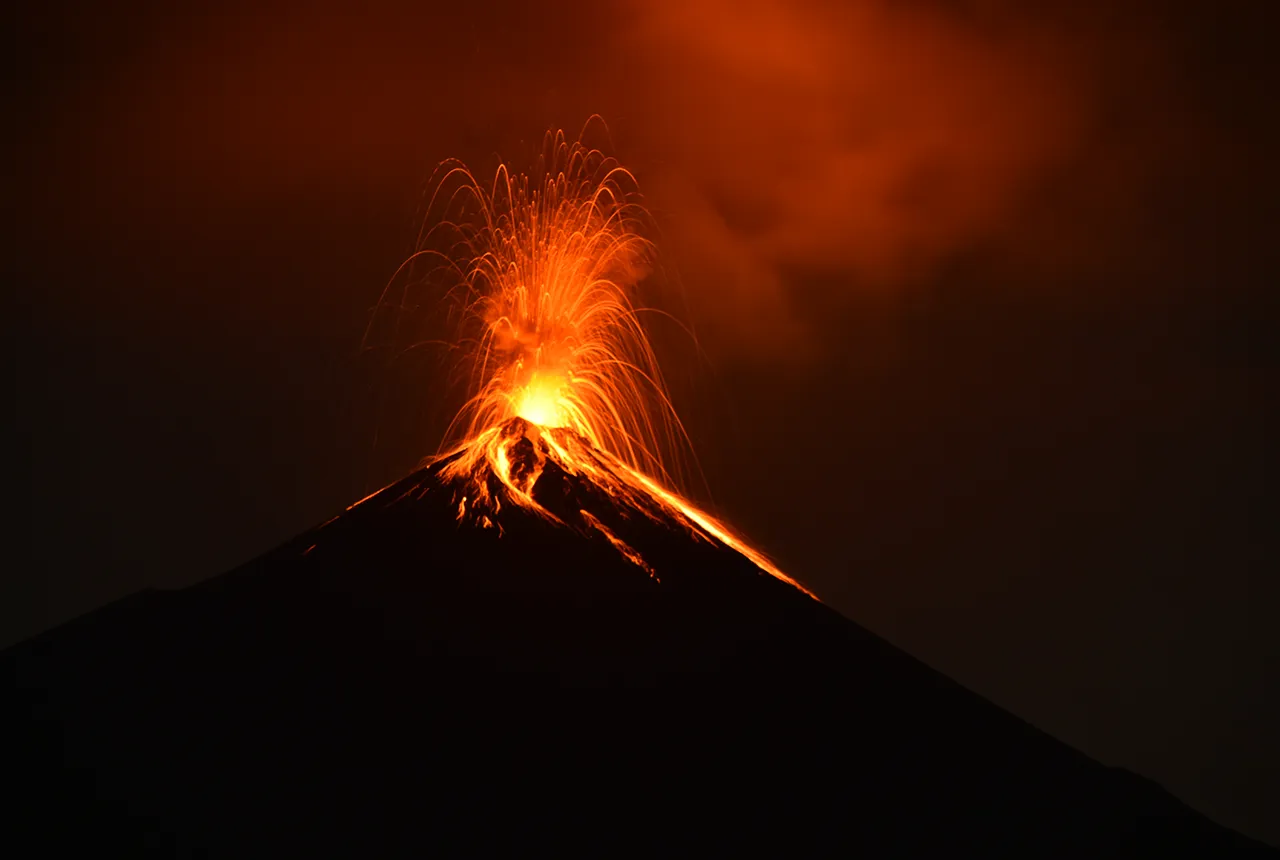
Fieldwork on Volcán de Fuego
13/10/2025
Understanding how one of the world’s most active volcanoes builds up material, and how they collapse to feed hot flows
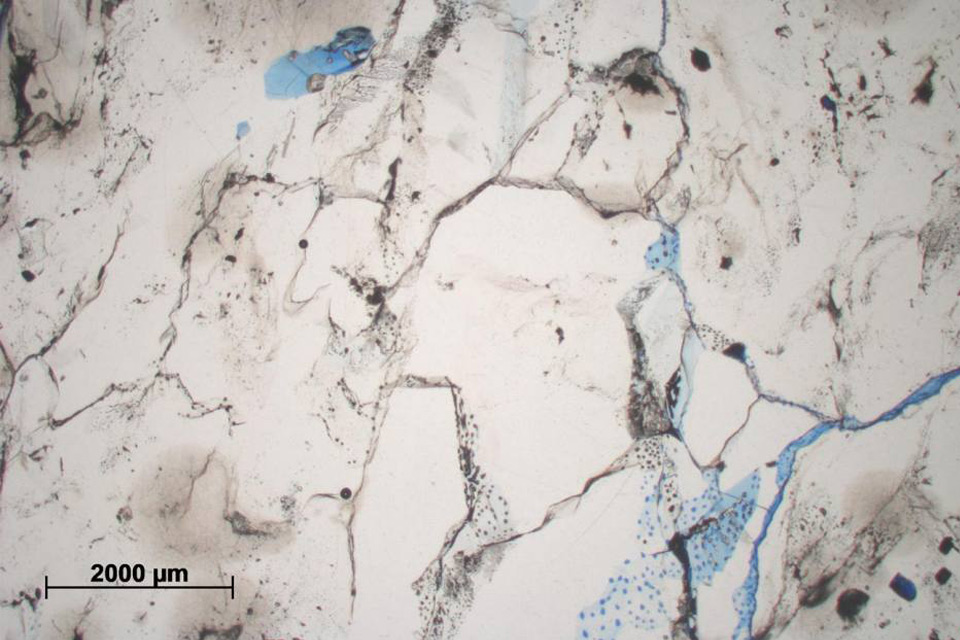
Funding awarded for study on hydrogen storage potential in North Yorkshire
22/09/2025
A new study has been awarded funding to explore the potential for underground hydrogen storage near the Knapton power plant.
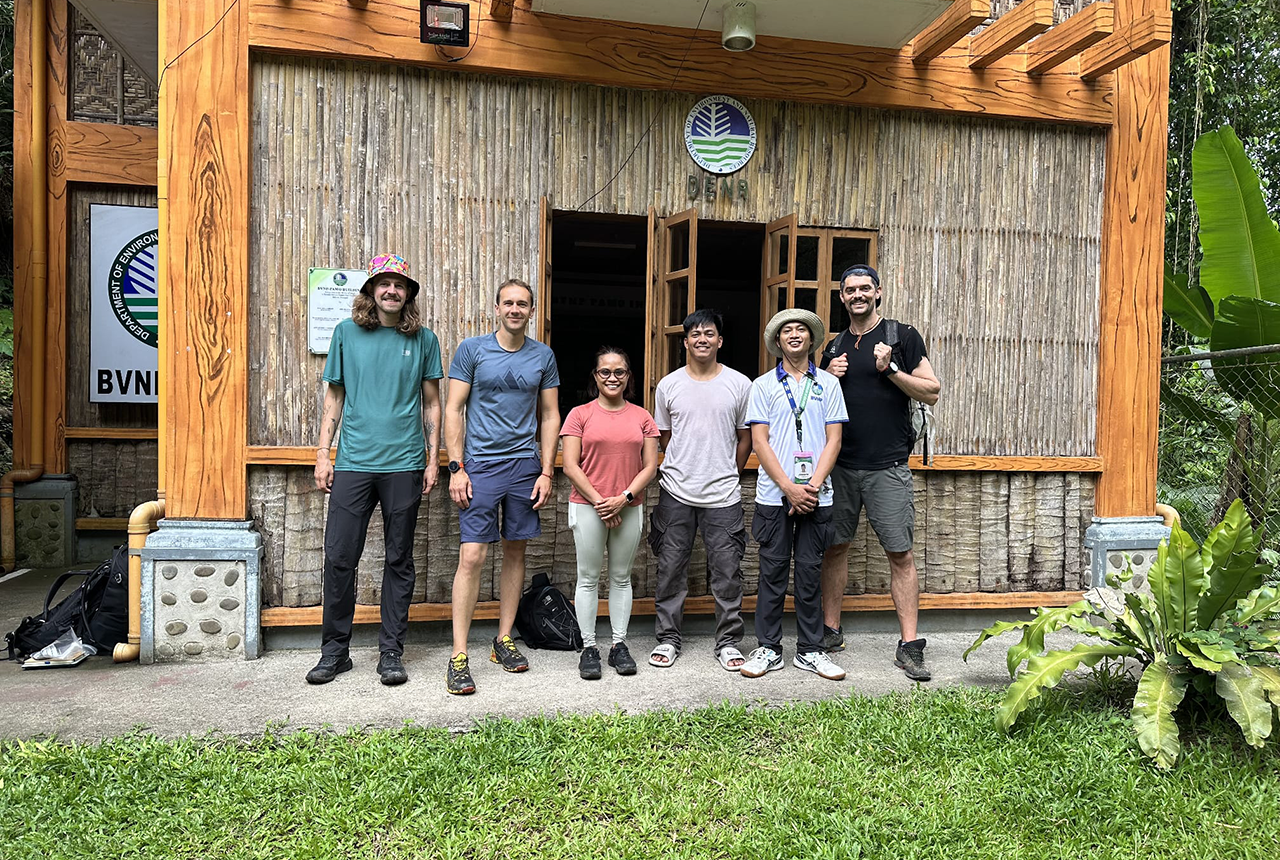
PhD adventures in the Philippines: coring around Lake Bulusan
05/09/2025
Chris Bengt recounts his two-week field trip to Bulusan Volcano Natural Park in the Philippines to collect lake sediment cores, fresh soil and water samples.

New geological ‘pathways’ discovered beneath Welsh capital
02/09/2025
Scientists have discovered cavities in the clay underneath Cardiff, which will influence the siting of future geothermal developments.



